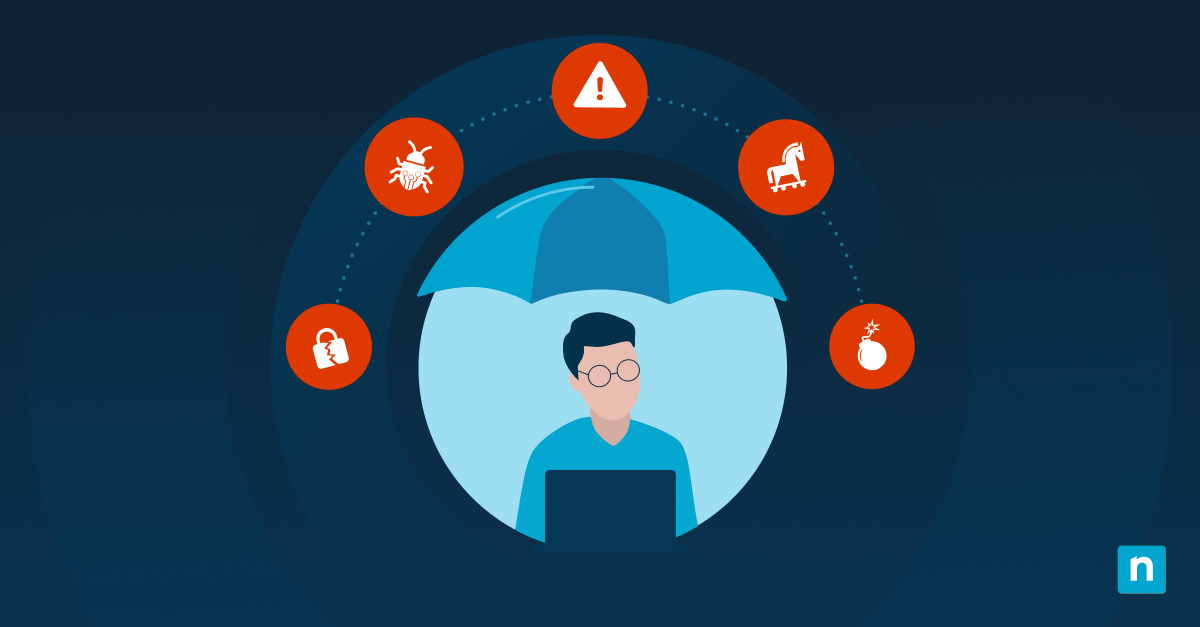Windows S mode is developed to enhance a system’s security, performance, and battery life. It’s a locked-down mode that allows administrators to restrict users to only using apps from the Microsoft Store and require them to use Edge only for web browsing.
In this article, we provide a step-by-step guide for turning on Windows S mode using different methods. Keep reading or jump to why you might want to use S mode in the first place.
How to Enable S mode in Windows 10 & 11
Method 1: Installing Windows in S mode (fresh installation required)
Since Windows does not provide a built-in way to enable S mode, the only official method is a fresh installation:
- Download the Windows 10/11 ISO from Microsoft.
- Create a bootable USB drive using the Media Creation Tool.
- Boot from the USB and begin the installation.
- When prompted, select Windows 10/11 in S mode (if available).
- Complete the setup and sign in with a Microsoft Account.
Method 2: Enabling S mode via Windows Settings (OEM devices only)
Some OEM devices allow switching to S mode:
- Open Settings > Update & Security (Windows 10) or System (Windows 11).
- Click on Activation.
- If supported, you will see an option to switch to Windows 10/11 in S mode.
- Follow the on-screen instructions.
Method 3: Registry modification (advanced users only)
Warning: Editing the registry can cause system issues. Create a backup before proceeding.
- Open Registry Editor (regedit).
- Navigate to: HKEY_LOCAL_MACHINE\SYSTEM\ControlSet001\Control\CI\Policy
- Modify SkuPolicyRequired and set it to 1.
- Restart your PC.
Note: This method is unofficial and may not fully enable S mode.
Why use S mode?
S mode is primarily used for the following purposes:
- Security: Restricts users from downloading apps not from the Microsoft Store, strengthening the defense against malware. This is one way to reduce a device’s security vulnerabilities.
- Performance: Users with low-end devices may benefit from S mode by optimizing their performance. S mode cuts down the usage of other applications and programs by focusing on Microsoft services.
- Battery life: As mentioned, S mode restricts application installation unless it’s from the Microsoft Store. With fewer applications that can be resource-heavy, S mode can prolong a device’s battery life.
Limitations of S mode
S mode also has limits that IT administrators may find inconvenient.
No traditional Win32 apps
Users are only allowed to install Microsoft Store apps, restricting the installation of apps like Chrome, VLC, and Steam. This is not ideal for those who are reliant on traditional desktop apps for productivity or other activities.
Web browser limitations
Microsoft Edge is the only browser users can utilize for web browsing, limiting options for other alternatives. This means those accustomed to more popular browsers like Chrome or Firefox will need to make some adjustments.
Cannot be re-enabled
Once it’s disabled, S mode cannot be re-enabled. Turning it on is a permanent decision that needs to be made. That’s why configuring this feature is a process that needs to be logically decided before being executed.
Checking if your PC supports S mode
To see if S mode is already on:
- Open Settings > System > About.
- Look under Windows specifications.
- If it says “Windows 10/11 in S mode,” it is already active.
Can you enable S mode manually?
No. Windows does not provide a direct toggle to enable S mode. It must be pre-installed by the manufacturer or installed using a fresh Windows installation.
Troubleshooting & common issues
Why can’t I enable S mode?
S mode is only available to pre-configured devices. It’s also only available using a fresh Windows installation.
Can I switch back to normal Windows after enabling S mode?
No. As outlined, enabling S mode is a permanent decision. Once disabled, you cannot re-enable it.
Can I install third-party apps in S mode?
No. S mode is a limiting version of Windows that restricts the download and installation of applications outside the Microsoft Store.
Is S mode available for Windows 11?
Yes. S mode is available for Windows 11 but only on select pre-installed devices.
Best practices for using S mode
Use Microsoft Edge and OneDrive
Since S mode is optimized for Microsoft services, it’s only ideal to use Microsoft Edge and OneDrive for the best compatibility.
Use only the Microsoft Store
Allowing applications only from the Microsoft Store reduces the risk of malware exposure and maintains system security and stability.
Keep security services enabled
Windows Defender and Windows Update must be kept active. Using Windows Defender and Windows Update helps maintain system security, reducing vulnerabilities and exposure to threats.
Switch out of S mode if needed
Consider switching out of S mode permanently if you need to download and install third-party apps. Switching out of S mode is also preferred if you want to use other web browsers other than Microsoft Edge.
S mode: A safeguard for your devices
S mode is a lightweight, secure version of Windows designed for performance and security. However, for these purposes, the S mode comes with many limitations. This includes being unable to download and install third-party applications. Additionally, S mode only allows users to use Microsoft Edge for web browsing. So, if you need flexibility, S mode may not be suitable.
However, with its restrictive nature, S mode is great for those who value security. It can build a protective layer for your device to keep it from being exploited by attackers. But keep in mind that once you disable S mode, you cannot re-enable it without performing a fresh Windows installation.








